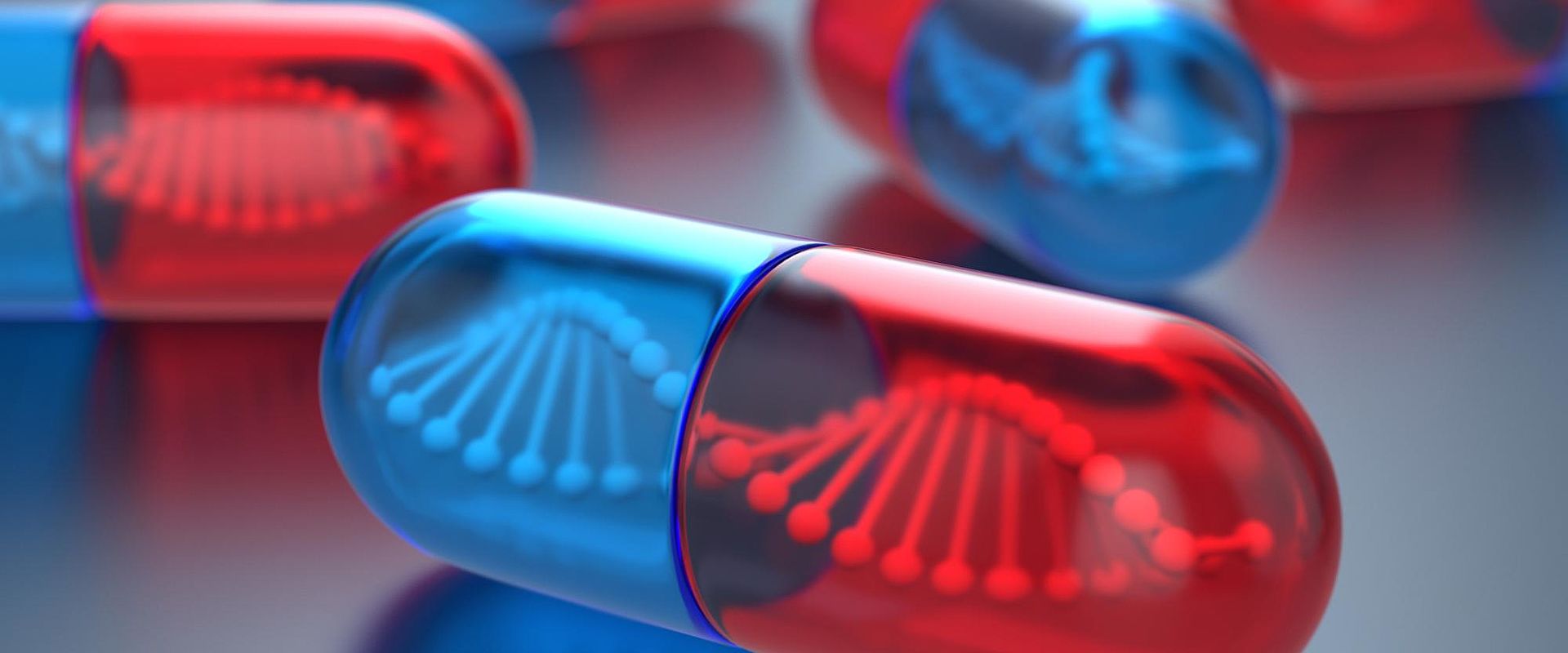
Fast track to drug discovery
Challenge
Developing potential new drugs often involves costly laboratorybased evaluations and drug discovery is currently based on finding new molecules similar to existing ones with known properties. Key to new drug development is an improved understanding of how existing drugs destroy microbe cells and how this relates to the drug’s bio-molecular structure and function – its chemical and physical properties. This knowledge could be used to rapidly identify new drug compounds and would avoid the costly conventional trial and error laboratory-based approaches used for screening new candidate drug compounds.
Many of the drugs we rely on, such as antibiotics, are losing their efficacy through the development of resistance. The effectiveness of others is reduced if administered by mouth as they are degraded by acids within the stomach and therefore fail to reach the bloodstream. Streamlining selection methods for new drug discovery and coupling this with more efficient methods of drug delivery could boost the effectiveness of new drugs, get them into a patient’s bloodstream faster, and reduce development costs.
Solution
The EMRP project Metrology for biomolecular origin of disease generated a validated set of characteristics that can be used to accurately determine the relationship between bio-molecular structure and function. For the first time ever, this project successfully showed how and where an antibiotic attaches to a microbe’s cell membrane using high resolution spectroscopy. How a bacterial cell and an antibiotic interact are key to the antibiotic’s effectiveness in destroying the microbe.
All the data generated by the project was synthesised into a single generic method that enables the prediction of antimicrobial action and resistance. The overall result is a new template based computer model that can identify potential compounds suitable for development as new antimicrobial drugs with high accuracy, removing the need for the initial trial and error laboratory-based screening studies.
Impact
An early user of the projects drug design template are a team based at Oxford University’s Biochemistry department who are developing new drug compounds. The Oxford team is collaborating with Malvern Cosmeceutics Limited in researching the application of through skin drug delivery for new antibiotic compounds. Some antibiotics and pain relieving drugs are deactivated by the digestive system, so finding an alternative delivery method could increase their effectiveness or open up new types of compounds for medical use.
The EMRP project’s drug development template has enabled the Oxford team to cost effectively identify new drug compounds for through the skin delivery without the need for traditional trial and error laboratory-based screening studies. These candidate compounds have also been matched to the requirements for delivery via Malvern Cosmeceutics innovative Lipodisq® advanced skin penetration system. Funding for clinical trials is currently being sought to test this novel skin-based drug-delivery technology as an alternative to drug delivery via the digestive system or the use of injections just under the skin.
- Category
- EMRP,
- Health,
